Market Share
Barium Nitrate Market Share Analysis
In the Barium Nitrate market's dynamic landscape, firms adopt different strategies for positioning their market share so as to gain a competitive advantage and increase their presence within it. Differentiation is one of them whereby a company distinguishes its product from that of competitors through unique features, quality, or by means of technological advancements; another strategy involves cost leadership whereby a firm aims at becoming the low-cost producer within the Barium Nitrate market. Companies seeking to be competitive need to optimize production processes, efficiently source raw materials, and apply effective cost measures that will allow them to offer attractive prices in order to attract price-sensitive consumers, thereby potentially gaining larger market shares. Maintaining this strategy requires continuous focus on operational efficiency and economies of scale, thus ensuring a sustained cost advantage over other rivals. Also, market segmentation is a strategy that has been adopted in the Barium Nitrate market. Companies identify different segments of the market based on factors such as where they are located, what industry they are involved in, and what people want to buy from them. In the Barium Nitrate market, collaborative partnerships and alliances have become strategic tools. Companies usually join hands with suppliers, distributors, or even competitors to take advantage of their abilities and resources. Technological innovation serves as one of the determinants for gaining a competitive edge in terms of market share within the Barium Nitrate sector. For example, firms that invest in research and development to come up with new products or enhance existing processes can end up having the upper hand against their rivals. Moreover, global expansion is another tactic that companies employ to increase their market shares in the Barium Nitrate market. This way, businesses can go into new geographical places, thus getting access to untapped markets and broadening their customer base, among other things. Strategic marketing and branding also play a part in determining how much of a share a company should have in any given market (Barium Nitrate). This means that creating a brand image through effective communication, advertising, and promotional activities influences consumers' perceptions considerably. Lastly, due to the high competitiveness levels characterized by this sector, it necessitates the adoption of multiple strategies by various firms to determine how best they can position themselves in this kind of business. In other words, these include differentiation costs, leadership segmentation, strategic marketing partnerships, innovations, global expansions, and strategic branding, among many others, as firms attempt not only to survive but also thrive within such an environment (Barium Nitrate). However, depending on the changing nature of its market dynamics as well as customers' requirements and staying ahead of other competing firms, these strategies have proven effective so far.

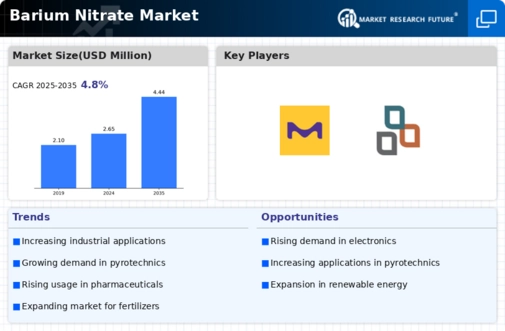

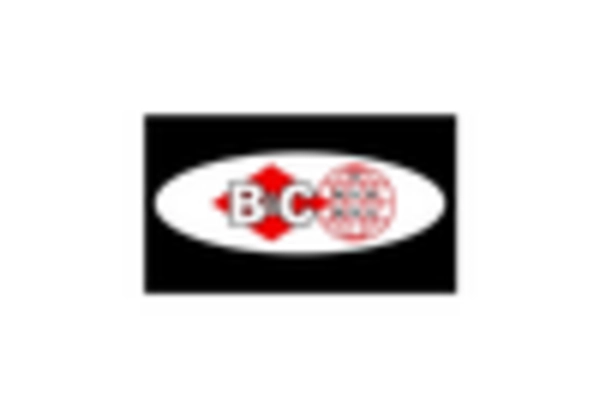
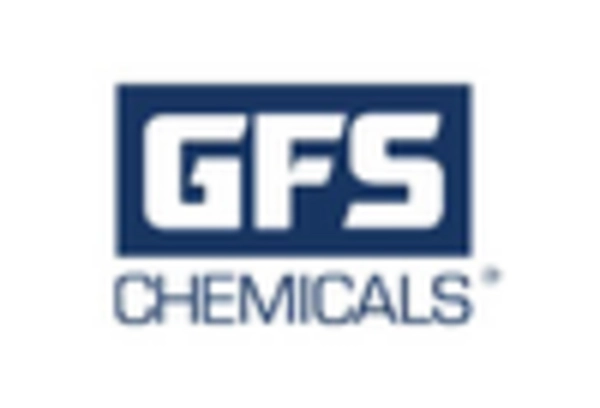

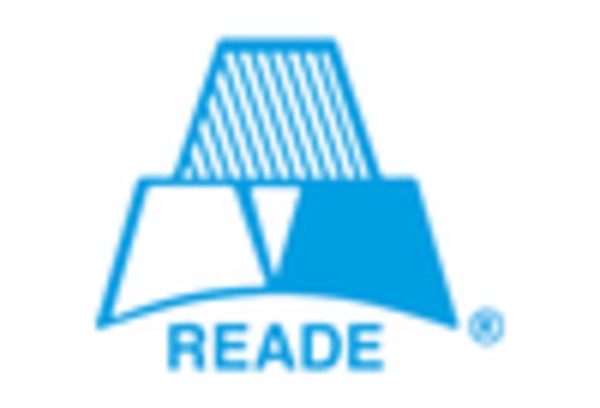
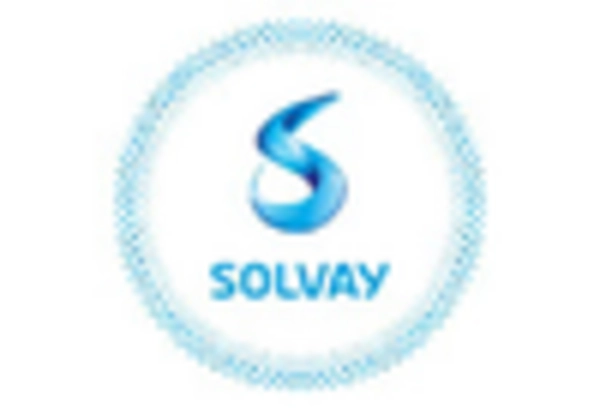









Leave a Comment